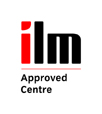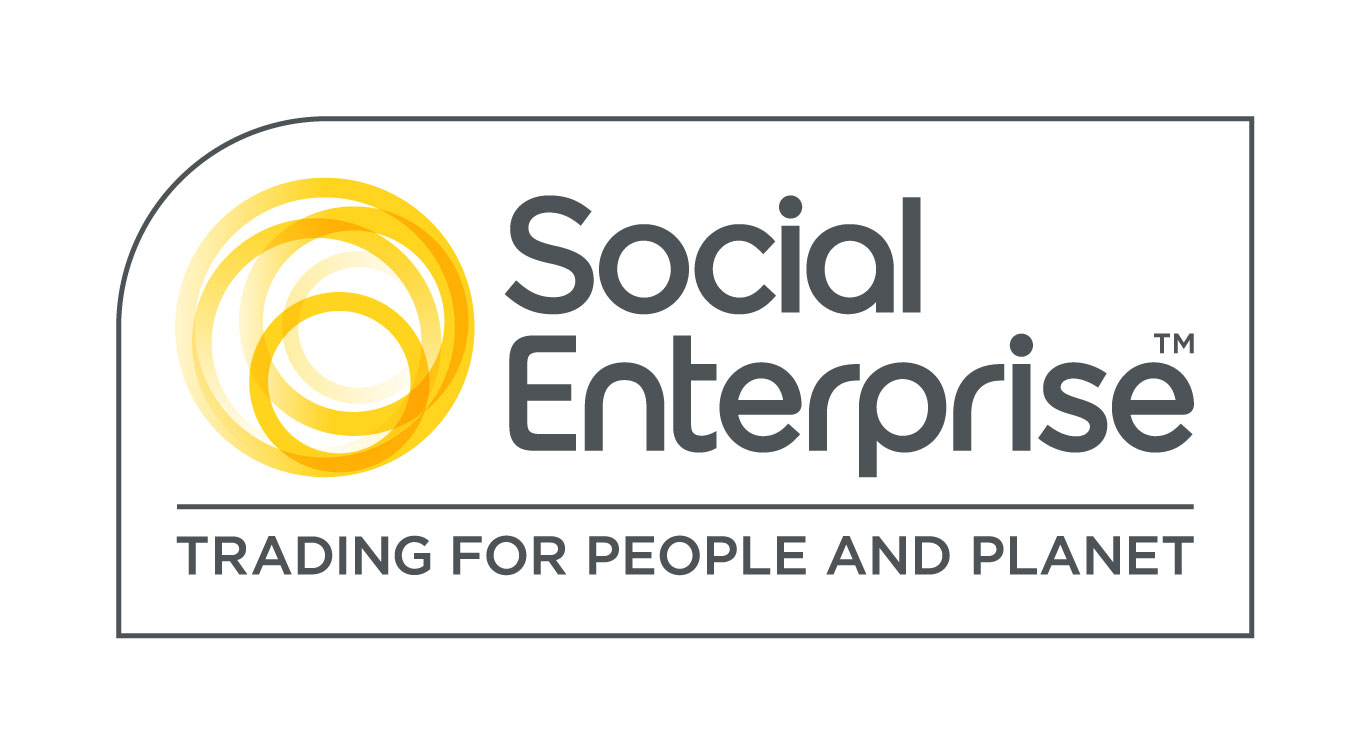VAT
Value Added Tax (VAT) is a tax that applies to most business transactions involving the transfer of goods or services.
Once your business turnover reaches a certain level, you will have to register for VAT. This means that whenever you sell anything in the course of your business, you will have to charge VAT to your customers and pay that amount over to HM Revenue & Customs (HMRC). It also means that you can reclaim the VAT paid on purchases that you make.
How VAT works
A business will pay input VAT on its purchases and charge output VAT on its sales.
In most cases, a VAT-registered business will receive more output tax from sales than it pays in input tax on its purchases. If this is the case then it will pay the difference to HMRC, usually every three months. If more input tax has been paid than output tax charged, which can often be the case when first starting up a business, then HMRC will refund the difference to the business.
VAT Registration
You must register your business for VAT if you supplied taxable goods and services amounting to more than £60,000 in any 12 month period, or if you anticipate supplying taxable goods and services amounting to more than £60,000 in the next 30-day period alone.
Certain types of service are not taxable and are therefore exempt from VAT. For example, companies that provide insurance, loans, training or some types of education will be unable to register for VAT.
Businesses with a turnover below this threshold can register voluntarily. Sometimes there can be a business advantage in doing this, such as increased credibility for your business or the ability to claim back input tax. However, you will also need to start keeping VAT records, which will mean a lot more paperwork.
Sales and Purchases
If you register for VAT, there are some changes you will need to make in the day-to-day running of your business.
For your sales:
• Starting from your date of VAT registration you will need to issue VAT invoices.
• You will need to keep a record of the amount of VAT you charge in your records. This is your output tax.
For your purchases:
• You must have a VAT invoice for all your purchases to be able to reclaim any VAT paid.
• You will need to keep a record of the amount of VAT you have paid in a separate column in your records. This is your input tax.
Before you get your invoices printed, it is a good idea to check that they contain all the necessary VAT information.
Rates of VAT
Knowing how much VAT you should charge on a sale is an important part of meeting your VAT obligations.
There are three rates of VAT:
• A standard rate, 17.5 per cent
• A reduced rate, 5 per cent
• A zero rate, 0 per cent
Certain goods and services are classed as exempt and no VAT is charged to the customer.
The crucial difference between goods that are zero-rated and goods that are exempt is that if your business supplies only goods and services that are exempt, then you can’t register and claim the VAT back on your purchases. If you only supply goods that are zero-rated
then you will receive regular refunds from HMRC as your will be able to reclaim input VAT on your purchases and not have to charge any output VAT on your sales. Examples of zero-rated supplies include raw food, books, children’s clothing and exports to non-EC countries.
If you are VAT registered and some of your purchases are used to make exempt supplies then you are classed as partly exempt. This means that you will have to apportion the amount of input VAT claimable. Examples of exempt supplies include land, property and financial services.
VAT Returns and Payments
Businesses usually account for VAT on a quarterly basis. When you register you will be assigned a tax period and HMRC will automatically send you a VAT return to coincide with the end of this period.
Alternatively, you can submit your return via the HMRC website and arrange for an electronic payment. If you enrol for this service, you will continue to receive a paper return (as a reminder) before your electronic return is due. Registering online will allow you a further 7 days to complete the return and a further 10 days in which to make electronic payment.
Your VAT return is used to detail the amount payable and is normally due one month after the end of your tax period, together with payment.
Reducing the Administrative Burden
There are various VAT schemes available to use that can relieve the administrative burden on small businesses. Some of the more popular schemes are outlined below.
Flat Rate Scheme – rather than separate out all the VAT on a receipt by receipt basis, you can apply a VAT rate for your industry sector to your VAT-inclusive sales figure each quarter. This scheme can save a lot of time in book-keeping but may mean that you pay slightly more VAT.
Annual Accounting Scheme – this scheme means that you only have to make one VAT return each year rather than doing so every three months. You will still have to make payments on account during the year so it is purely to reduce regular admin rather than help cash flow.
Cash Accounting Scheme – VAT returns are normally produced on an invoice basis which means you have to pay the VAT over once you have raised your invoice, even if the invoice remains unpaid until three months later. With cash accounting you only pay VAT over once it has been received from your customers.
There are advantages, disadvantages and restrictions to all of the schemes which you should discuss with a professional advisor before opting to use any of them.
Need Help?
Our business coaches are here to help. Find out more about our business coaching services or email us at [email protected] to arrange a chat with one of our coaches.





